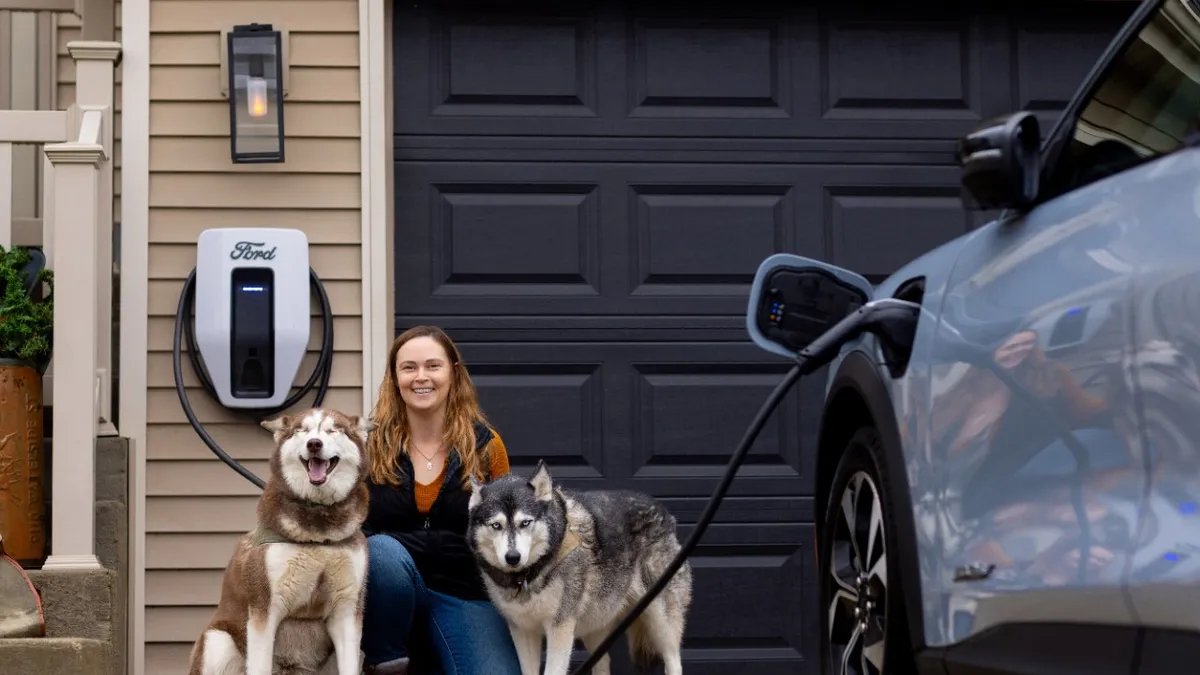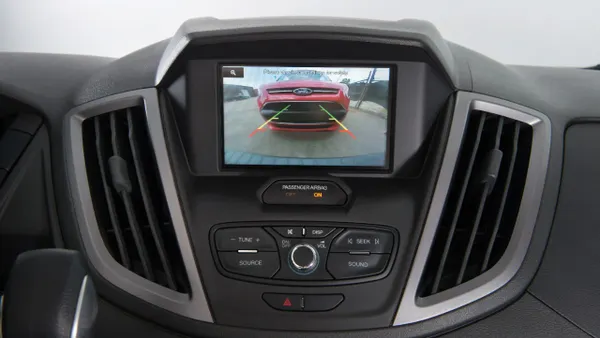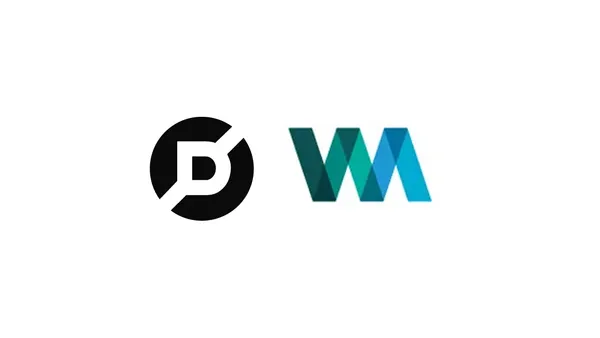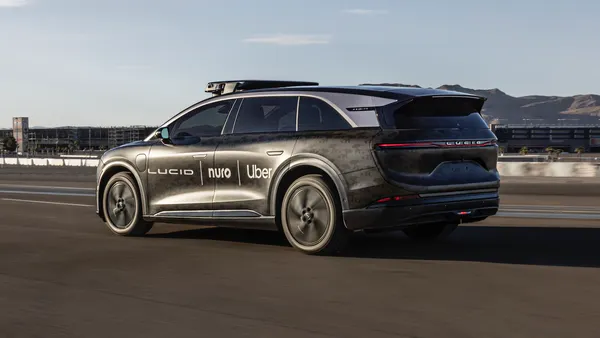Stellantis on Tuesday announced its first half 2025 revenues fell 13% compared to the same period last year, resulting in an operating loss of 2.3 billion euros ($2.68 billion), but says U.S. tariff losses for the whole year will be slightly lower than first anticipated at 1.3 billion euros ($1.5 billion).
The automaker says net revenues for the half fell to 74.3 billion euros ($86.6 billion), which it blamed mainly on declines in North America and Europe, but were partially offset by growth in South America.
The company’s loss for the January-June period was a significant swing into the red compared to an H1 2024 net profit of 5.6 billion euros ($6.53 billion).
A closer look at individual markets revealed shipments to North America fell 23%, mainly because of reduced production of imported vehicles most impacted by tariffs, lower fleet channel sales and production gaps resulting from discontinued models, driving a net revenue reduction of 26%.
Shipments in Europe for Stellantis fell 7% year-on-year, mainly owing to the slower ramp-up of recently launched B-segment vehicles, although partially offset by higher volumes of Fiat 600, Peugeot 3008 and 5008 models, as well as the Jeep Avenger. However, for the region there was a 2% reduction in net revenues.
The South America market was the group’s bright spot, recording shipments up 20%, driven primarily by increased volumes in Argentina, as well as increased YoY shipments of Fiat’s Strada, Fastback and Argo models, causing net revenues in the region to climb 5%.
The Middle East and African markets reported a slight increase in shipments at 5%, while China experienced fierce price wars. Stellantis blamed the latter mainly for adjusted operating income in the China, India and Asia-Pacific region falling 38% compared to the same period in 2024.
Nonetheless, Stellantis expects improvement in the second half of 2025 with total industrial available liquidity now at 47.2 billion euros ($55 billion), above targeted ratio to net revenues.
Total inventories of 1.2 million units by the end of June rose 1% compared to 2024, even as new products launched and consolidated shipments rose 5% sequentially.
The company re-established financial guidance and says it expects continued sequential improvement in H2 2025.
“(The year) 2025 has been and will be a tough year but we are making progress on our product wave,” CEO Antonio Filosa said on a call with investors. “The second half will see a range of new products that will promote growth,” he added.
Filosa says closing Stellantis’s hydrogen fuel-cell LCV program was part of the rationalization needed to drive a turnaround for the group. “We ended the commercial-vehicle hydrogen program because there was not a clear path to profitability,” he said.
Meanwhile, a new focus on the U.S. market is underway. “In the U.S., we need to reconnect with our customers with our iconic models,” Filosa said. “The all-new Jeep Cherokee will mark our re-entry into the midsize SUV segment and bringing back the ‘Hemi’ V-8 with Dodge in the fullsize sector responds to what our customers want.”












